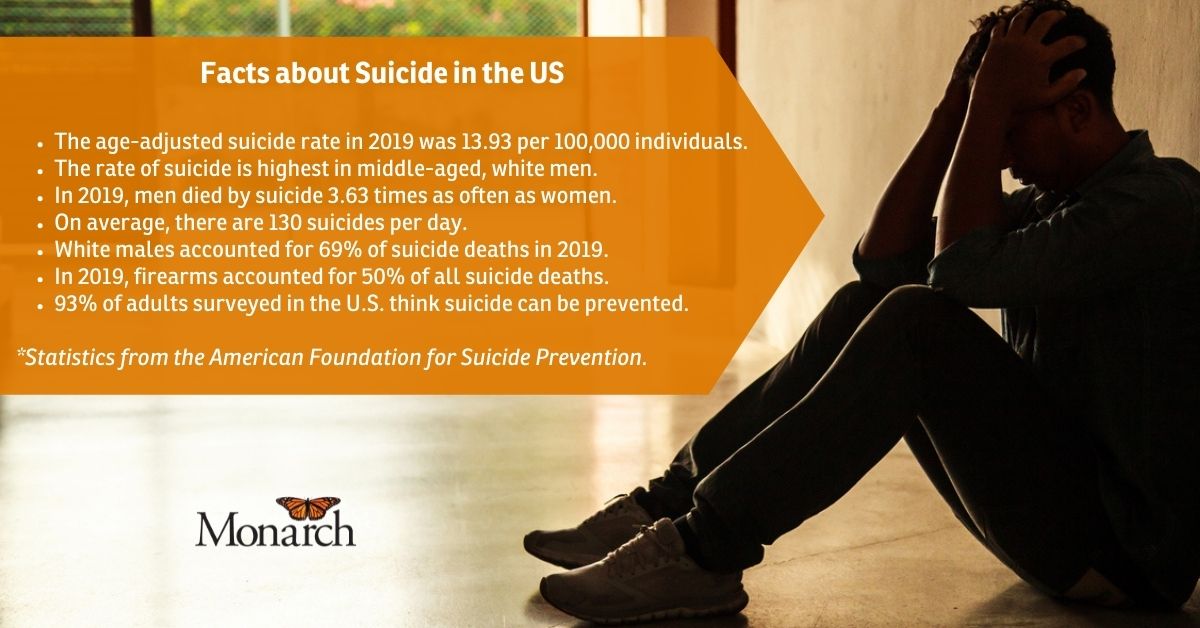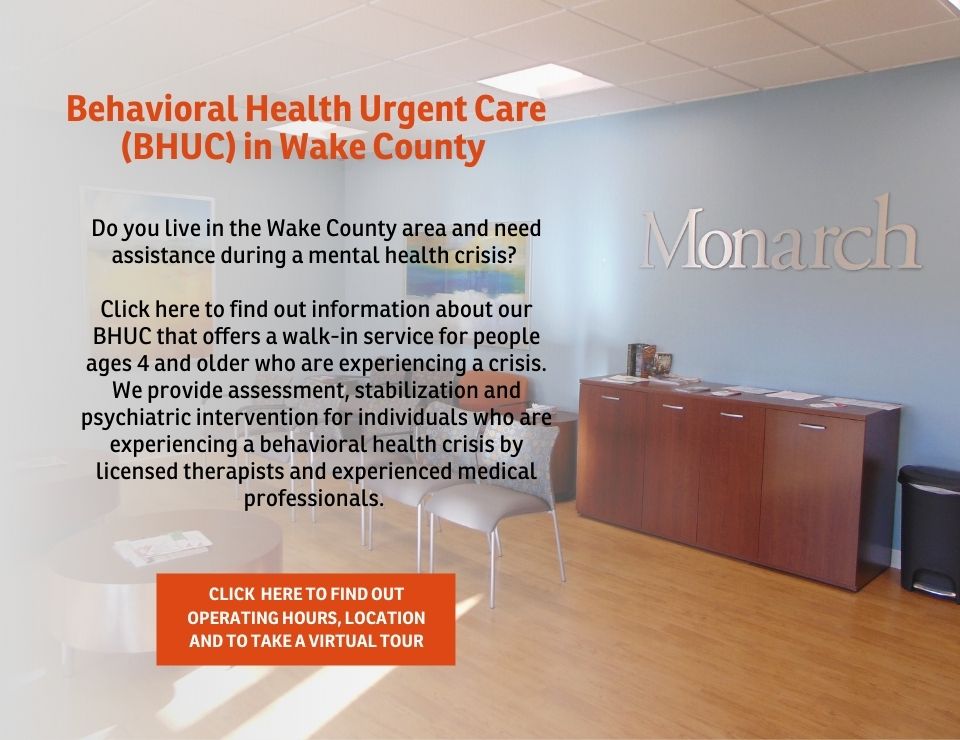Signs of Suicide Build Over Time and May Be Difficult to Notice
 Not only has the pandemic’s focus on mental health brought the topic to the forefront of national conversations, but the recent move by The University of North Carolina at Chapel Hill to cancel classes and declare a “wellness day” after a suicide and suicide attempt has brought even more of a spotlight on how better to recognize the possible signs of suicidal ideation.
Not only has the pandemic’s focus on mental health brought the topic to the forefront of national conversations, but the recent move by The University of North Carolina at Chapel Hill to cancel classes and declare a “wellness day” after a suicide and suicide attempt has brought even more of a spotlight on how better to recognize the possible signs of suicidal ideation.
Officials at the campus northwest of Raleigh and police responded to a suicide and an attempted suicide recently prompting temporary cancellation of classes, reduced schedules and a student organized rally to raise awareness.
Natasha Donnelly, PMHNP- BC, PhD, RN, MSN, MSc., a nurse practitioner through Monarch’s Behavioral Health Urgent Care (BHUC) in Raleigh, has spent the majority of her career in mental health researching suicide prevention and listening to stories shared by individuals who lost loved ones and people who have survived a serious attempt to end their life. She has discovered a variety of themes in many cases as to what might be the signs of a possible suicide attempt. “The signs are often very subtle and may occur over a long period of time, especially if someone has lived with depression for a number of years,” she noted, adding that common questions for loved ones left behind include what signs could they have watched for and what could have been done to prevent the suicide.
The American Foundation for Suicide Prevention (AFSP) cites that suicide is complex and does not happen for one, single reason with many contributors that can include health conditions; social risk factors; stressful life events; and access to lethal means.
Donnelly told the story of a student and person she supported that provided insight into what experiencing a suicidal ideation might be like.
What does Suicide Ideation Mean?
The student said she felt as if the depression had “crept” in over a period of months resulting in a personality change, more introverted and less social and going unnoticed by her family and friends. “The student said that as she contemplated dying, she felt a relief, a happiness and at this time family commented on how well she was doing. The student also shared that the events were playing out in her head and the depression was telling her not to share it,” Donnelly told of the student’s experience.
The student’s provider asked if she felt suicidal. “The student replied yes. At this moment, she realized how close she had come to carrying out the suicide,” Donnelly recounted. The student began medication management and counseling, and is doing well today.
Donnelly said the student communicated that the depression created shame and guilt and stole away her ability to ask for help.
Overcoming Obstacles Is Part of Healing
Individuals healing from a suicide attempt or suicidal ideations can encounter obstacles. “This is a familiar story that I hear time and time again when talking to those who become suicidal. It is important to note that it does take time to go into remission and to feel well again when experiencing a mental illness,” Donnelly said. “It is a process that takes time to work through and often even finding the right medication is challenging. Time and patience are important for us all to add to our expectations.”
What are the signs that we can look for in our loved ones, friends and family? Identifying a list is not always clear cut. “Noticing someone isolate or suddenly seem much happier than usual, or to start giving things away, taking more risks, writing thank you notes are some of the little signs that can be visible indications,” Donnelly said.
Tools that can be instrumental in healing include therapy and carefully guided medication management. Activities for self-care and wellbeing have proven to help people manage suicidal ideation and behavior. “These alongside the little human connections and acts of kindness that make each of us feel valued and worthy are the actions that save lives and make living more comfortable,” Donnelly endorsed.
Donnelly’s experience and discussions with suicide survivors has indicated actions wise for everyone to incorporate. “Allowing time to rest our active minds through breathing, visualization and grounding techniques can be healing. We need to take time to connect with each other so that we can notice subtle changes. We need to help each other to enjoy the here and now. We need spaces and workplace strategies that understand the need for us all to feel seen, connected and wanted.”
Available Resources
For immediate assistance if someone’s life is in danger, dial 911. To find out more information about Monarch services available, call (866) 272-7826 or visit the service location map to see sites across North Carolina. Suicide telephone resources include the National Suicide Prevention Lifeline which can be reached by calling, (800) 273-8255.
Additional information on suicide can be found online at the following sites: the National Suicide Prevention Lifeline; the National Alliance on Mental Illness, NAMI; and the American Foundation for Suicide Prevention.
Posted on: Sunday October 17, 2021

